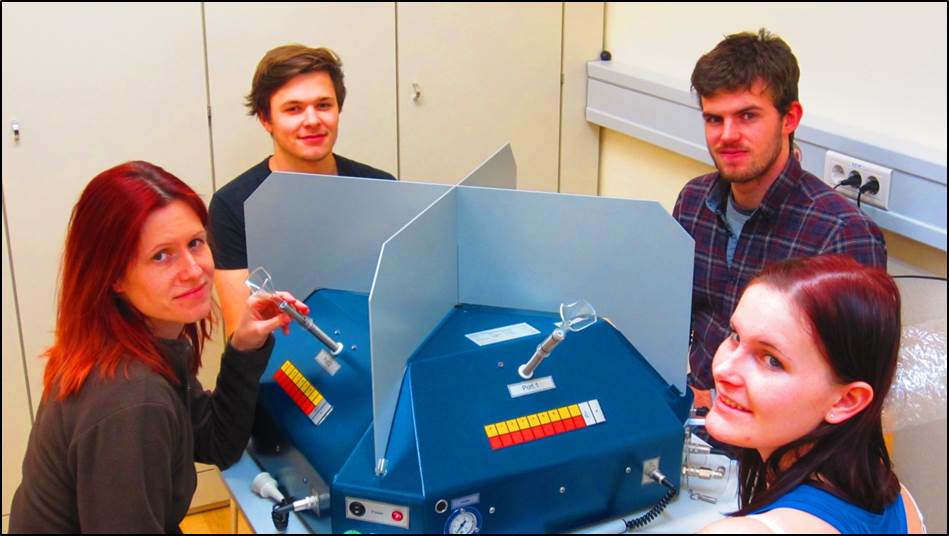To date, the only practical “in vivo” method for assessing odors is to perform olfactometry; However, sampling is only effective in the source area and not in the immission area. In such cases, the use of dispersion models is helpful - this is the only way to determine odor pollution in a defined target area. Computer-aided dispersion models can also be used to determine the contribution of various sources to the overall extent of pollution.
The GRAL to be examined is a complex numerical model (Lagrange model) with a moving coordinate system. In “interplay” with the upstream flow model GRAMM (Graz Mesoscale Model), through special algorithms for propagation conditions at low wind speeds and the input of various source types and source groups as well as complex terrain and buildings, this program is increasingly being used in the calculation of immission loads from pollutants. for nitrogen oxides (NO x ) and tracer gas simulations; To date, there is no standard-compliant comparison of the predicted odor exposure and the test subjects' actual sensations in the field.
A recognized method for evaluating odor propagation models is odor inspections; These must be carried out in accordance with EN 16841-1:2016 (Outside air - Determination of odorant emissions through inspections - Part 1: Grid measurement). As a result of an odor inspection, annual odor hours are obtained for certain, previously defined areas (grid) or for designated points. These results can be compared directly with the values from the computer-aided odor emission calculation.







